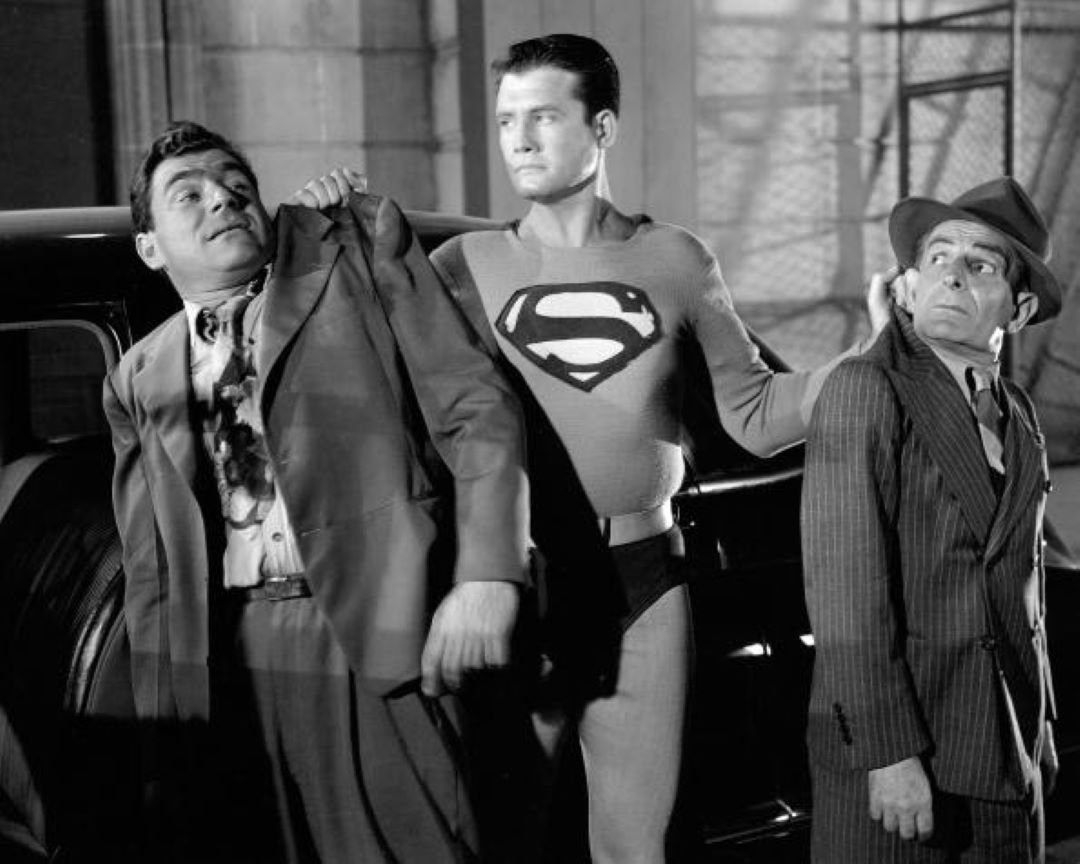Hollywood History is back at Last Movie Outpost. This time around we delve into the history of what has, today, become Hollywood’s dominant genre – the superhero movie. But how did we get here? They are essentially children’s films based on children’s comics, so how did they become such a massive pillar of cinematic success?
When it comes to theaters and box-office, they are quite simply the most dominant force in current cinema. You can’t get away from it, no matter how much we may complain about “capeshit”. They are a thing, and a thing that is right here in front of us.
Yet the superhero movie is nothing new. Men-in-cape adventures have been on the screen for almost as long as they have been in print in the pages of comic books. Superman made his debut in the pages of Action Comics in 1938, yet the first superhero serials, as we would recognize superheroes, appeared as soon as 1941. Where did it all begin, and how did we get to where we are today?
B.C. – Before Capes
On January 7, 1929, the Buck Rogers in the 25th Century A.D. comic strip was first published. It was not long until there was a radio adaption 1932, and then a short movie created for the 1933 – 1934 World’s Fair.
The success of these led to a 12-part Buck Rogers serial film in 1939. This was produced by Universal Pictures and starred Buster Crabbe in the title role.
At almost the same time, spurred by the success of Buck Rogers, the Flash Gordon comic strip was created and ran as a daily from 1934. This character would also go on to feature in three serial films also starring Buster Crabbe.
Flash Gordon (1936), Flash Gordon’s Trip to Mars (1938), and Flash Gordon Conquers the Universe (1940) were eventually repackaged and condensed as three feature films titled Flash Gordon (or Rocket Ship or Space Soldiers or Flash Gordon: Spaceship to the Unknown), Flash Gordon: The Deadly Ray from Mars, and The Purple Death from Outer Space.
This success, and opportunity to mine, rework, and repackage existing IPs excited studio heads and it was not long before their gaze fell upon superhero comic strips.
In The Beginning
In 1941 a 12-chapter serial from Republic Pictures adapted the Adventures of Captain Marvel. Not the female Marvel version, but the Fawcett Comics hero, some time in the future to end up at DC comics through various takeovers.
In the original Captain Marvel, who we know as Shazam in movies today, a young man named Billy Batson (Frank Coghlan, Jr.) transforms into a godlike superhero (Tom Tyler). In the serial, he battles a supervillain called the Scorpion.
All the serial staples are present. Cliffhangers, an origin story, a secret identity, an arch-nemesis, and a costume. The template was set, and this early attempt was enough of a success that studios went searching for more.
They found it in the shape of Batman in 1943. A 15-chapter serial became the first filmed appearance of the legendary character as played by Lewis Wilson. His sidekick Robin (Douglas Croft) was present, as were Wayne Manor and Alfred.
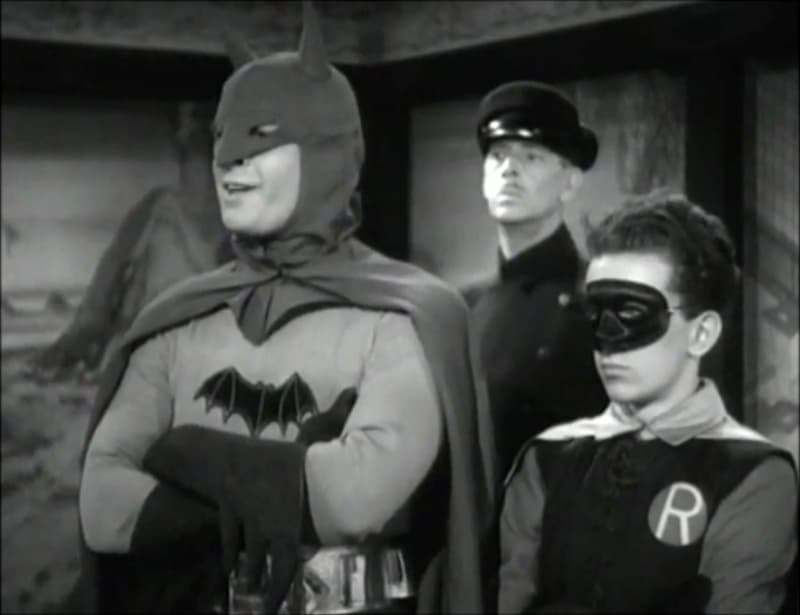
In the same year, The Phantom made his big-screen debut. Meanwhile, another brand of comics called Timely Comics let one of its characters come to the screen – Captain America – in 1944.
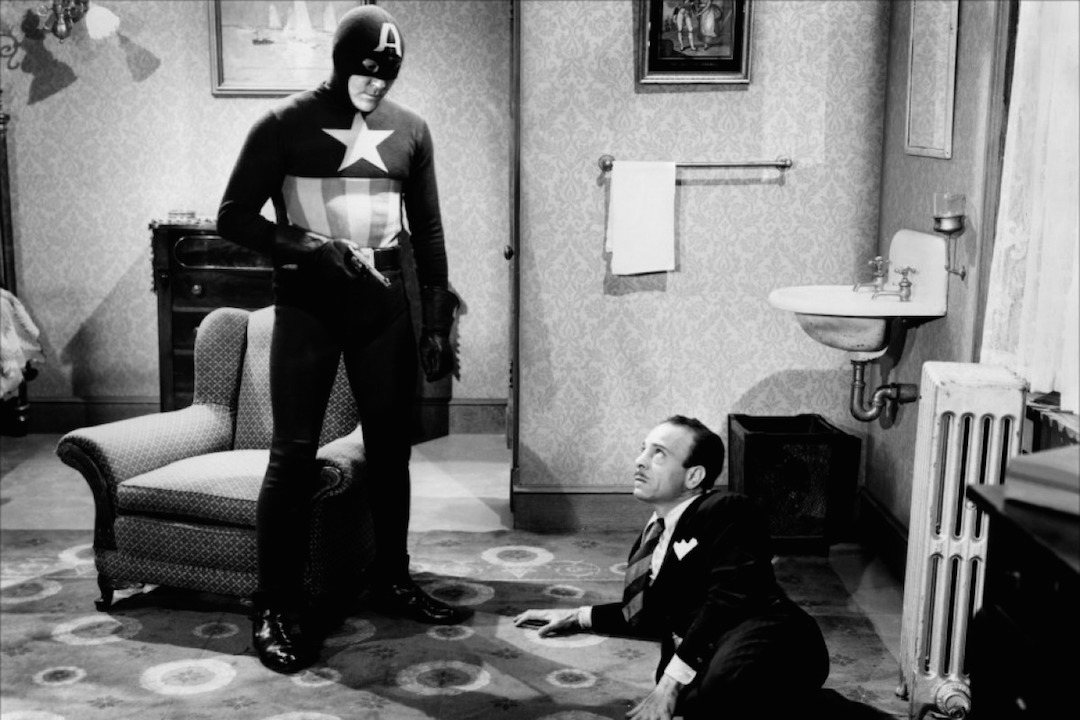
The superhero craze was off and running. As a relatively young country, America was lacking myths and legends. It did not have folklore of its own. Its heroes were largely historical, but its history was short. This meant superheroes, with their fantastical powers and established backstories, began to fill a need in American society.
Ten years after his debut in print, Superman got his own multi-chapter serial in 1948. This starred Kirk Alyn as the Man of Steel and Noel Neill as Lois Lane. She would go on to reprise her role in a television serial.
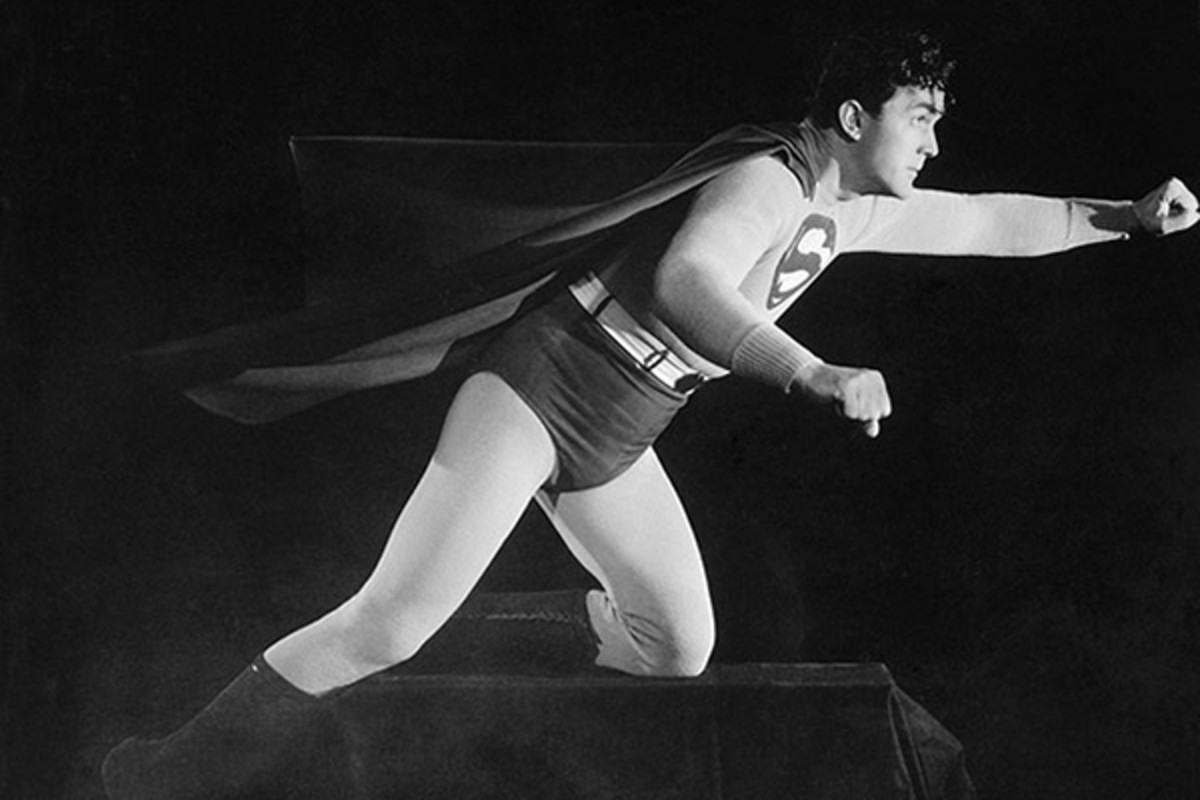
However, the world of entertainment was changing. Theaters were quickly becoming the domain of the feature film. Meanwhile, parallel to all of this happening with superheroes, an invention that would change the world was taking shape.
On 25 March 1925, a Scottish inventor called John Logie Baird gave the first public demonstration of televised silhouette images in motion, at Selfridge’s Department Store in London. By 26 January 1926, he had demonstrated the transmission of an image of a face in motion by radio. Television development continued at a pace.
By the time the last of the superhero serials – Batman and Robin (1949) and Atom Man vs. Superman (1950) – appeared at the end of that decade, the age of the “Tune In Next Week” serial in the theater was over.
Superman And The Mole Men (1951) was a feature-length adventure. It is a strange historical quirk, though, that at this point in history superhero movies practically disappeared from the big screen for a long time. Foreign cinema would keep the flame burning through oddities such as Batman Fights Dracula (1967), while the 1960s television serial Batman would get a much-loved 1966 movie adaption.
However, nobody was really taking the genre seriously at all.
There were TV projects bubbling away, like Spiderman starring Nicholas Hammond, or Wonder Woman starring Cathy Lee Crosby. There were even Captain America and Doctor Strange adaptions. However, these were always intended as pilots for an upcoming TV series or made for TV.
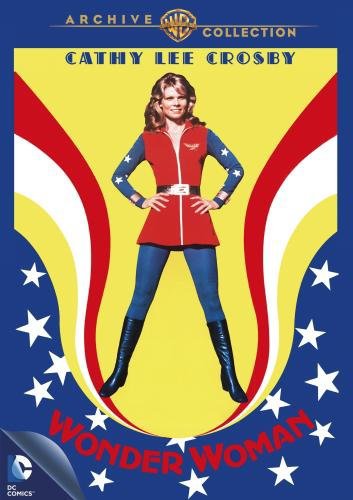
Then, when Steven Spielberg’s Jaws created the blockbuster and Star Wars showed the appetite for fantastic spectacle, suddenly superheroes were back on the agenda. Big time.
The Man Of Steel
It’s amazing to think that there was such a fallow period for costumed heroes at the movies. It is even more amazing to think that it was broken so spectacularly by something that many of us here at Last Movie Outpost can remember happening.
The one word that springs to mind about Superman: The Movie is “ambition”. The genre may have had a trash reputation, but the producers were thinking big and aiming high.
Ilya Salkind had first conceived the idea for a Superman film in late 1973. After a very long, protracted, and difficult process with DC, he finally purchased the rights to create a movie in November 1974 with his father Alexander Salkind, and their partner Pierre Spengler.
The casting net was wide and included Muhammad Ali, Al Pacino, James Caan, Steve McQueen, Clint Eastwood, and Dustin Hoffman. Ilya hired Alfred Bester to begin writing the screenplay. Alexander felt, however, that Bester was not famous enough, so he went over his head and hired The Godfather writer Mario Puzo on a $600,000 salary.
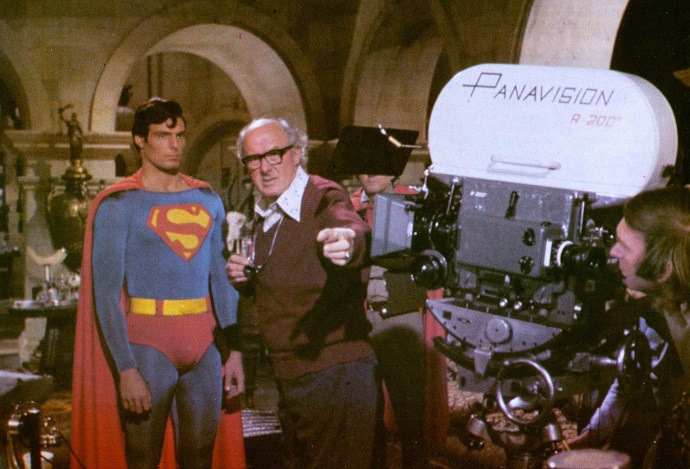
After screen testing or offering everyone in Hollywood, they finally found Christopher Reeve who managed to be both earnest and charismatic without becoming a parody of the character, and a cinema legend was born.
Including re-releases, it went on to gross $134.5 million in the United States and Canada, and $166 million internationally, totaling $300.5 million worldwide. Superman was the highest-grossing film of 1978 in North America and became the sixth-highest-grossing film of all time after its theatrical run.
It was also Warner Bros. most successful film at the time.
Despite this success, Superman remained king of a very small genre. With Superman II following, then the noticeably weaker Superman III and Superman IV: The Quest For Peace, it is almost as if the big, blue boy scout scared off the competition.
They took one look at the scope and scale of the earlier entries, and saw the clear demonstration of what happened when you tried to go cheap with superheroes, particularly when Cannon films got hold of Superman IV. So after a promising start in 1978, the genre once again found itself languishing. A footnote in Hollywood. Then, everything changed.
The Summer Of The Bat
If you are around 40 or over and hanging around on this website, then you will remember the Summer Of The Bat.

It wasn’t just a movie. It was a cultural phenomenon. Despite the fact that, in this Outposters opinion, Tim Burton’s Batman is nowhere near as good as you remember and has aged terribly, that summer it was everything to a young movie geek.
However, Batman also had a long and tortuous journey to the big screen.
Work on a new Batman movie began as a concept as soon as Superman: The Movie began to fly. As far back as October 1979 when producers Benjamin Melniker and Michael E. Uslan purchased the film rights of Batman from DC Comics. Even back then, they wished to:
“…make the definitive, dark, serious version of Batman, the way Bob Kane and Bill Finger had envisioned him in 1939. A creature of the night; stalking criminals in the shadows.”
They approached James Bond writer and director duo Richard Maibaum and Guy Hamilton to write and direct, but the two turned down the offer. Pitches were unsuccessful as all studios saw Batman as was the high camp of the television version.
Everyone from Columbia Pictures to United Artists turned down the film. Nobody wanted serious Batman to be given the same treatment as Superman and in some classic Hollywood idiocy, the property was allowed to stagnate.
In November 1979, producers Jon Peters and Peter Guber joined the project,but still studios said no. This included Universal.
So they went rogue and announced the project themselves at the July 1980 Comic Art Convention in New York with a $15 million budget already in place. This made people take notice and eventually Warner Bros., the studio behind Superman, came aboard.
Production and development were still cursed to take years. A Tom Mankiewicz script was in play for many years, with William Holden as Gordon and David Niven as Alfred. This developed into an Ivan Reitman-led attempt with Bill Murray as Batman and Eddie Murphy as Robin. More time passed, and still no Batman.
Then after a huge hit of Pee-wee’s Big Adventure in 1985, Warner Bros. started talking to Tim Burton. His then then-girlfriend Julie Hickson wrote a new 30-page film treatment removing the high camp still present in the Mankiewicz script. Burton immersed himself in comics like The Dark Knight Returns and The Killing Joke to develop the ideas further.
Burton approached Sam Hamm, a comic book fan, to develop the treatment and his ideas into a screenplay. When Hamm’s script became bootlegged at various comic book stores in the United States, with a hugely positive reception, and Beetlejuice also hit big, Warner Bros. finally stopped dancing around the property and greenlit the picture in April 1988.
The B.D. Fox ad agency created hundreds of unused logos and posters for promotion, with the producers deciding on using the gold and black airbrush logo created by Bill Garland.
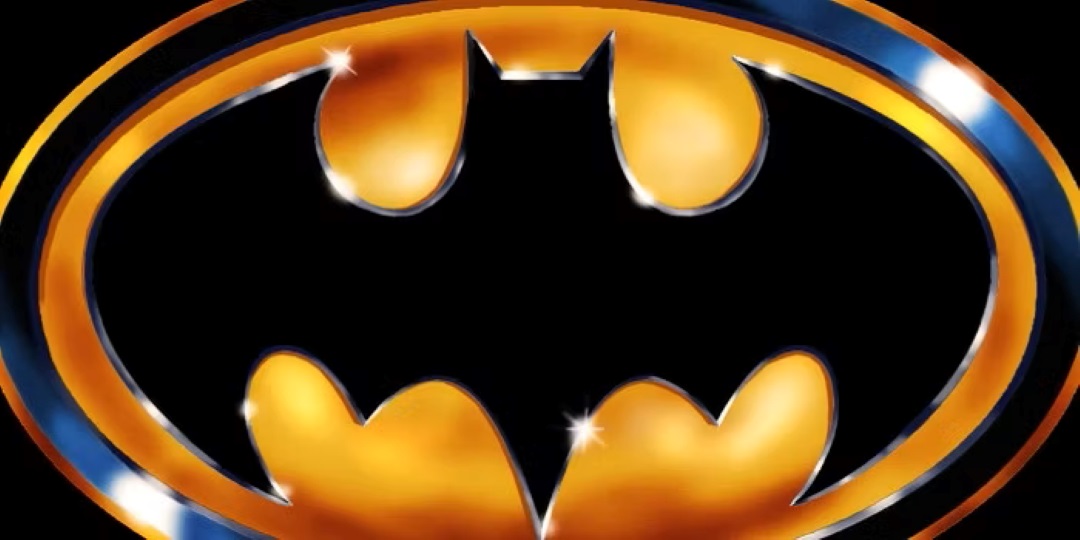
Producer Jon Peters got to work and unified all the film’s tie-ins together to create a single plan and vision. He even turned down $6 million from General Motors to build the Batmobile because the car company would not relinquish creative control. This single vision became the driving force behind “Batmania” ahead of the June 1989 release.
Filmmaker Kevin Smith has spoken on the experience:
“That summer was huge. You couldn’t turn around without seeing the Bat-Signal somewhere. People were cutting it into their fucking heads. It was just the summer of Batman and if you were a comic book fan it was pretty hot.”
Superman had soared, and now Batman had gone stratospheric. Comic book movies were now big business and here to stay, right? Wrong.
Yet another false dawn. Batman was eventually run into the ground by the studio and successively weaker sequels, just like Superman had been. Meanwhile, the competition to DC was in an even worse state. Marvel was in turmoil.
After mild success with The Incredible Hulk on TV, ownership changed hands several times, with each new regime attempting to license Marvel Comics characters for the screen. These poorly constructed deals had been peppered all around Hollywood like confetti, and yet only Howard the Duck (1986), The Punisher (1989), and a version of Captain America (1990) had emerged and, promptly, cratered.
Death And Rebirth And Death Again
With Warner Bros. driving producers to create three more movies in eight years, Batman became ruined. Studios went off-piste looking for their superhero hits, with properties like Teenage Mutant Ninja Turtles, The Mask, and The Crow hitting with audiences.
However tier-one, A-list superhero movies were still stubbornly refusing to emerge in the wake of Batman being destroyed by studio greed.
Marvel was faring no better. A Fantastic Four adaption was made in 1994 but never released. Bernd Eichinger of Constantin Film acquired the film rights of the Fantastic Four from Marvel Comics in 1986.
In order to maintain the rights, Eichinger hired Roger Corman in 1992 to produce a low-budget film. The 1994 adaptation The Fantastic Four had its trailer released to theaters, while the cast and director went on a promotional tour. The movie was never officially released.
Stan Lee and Eichinger stated that the actors had no idea of the situation, instead believing they were creating a proper release. Following this, Marvel Comics paid for the film’s negative to halt any release. However, bootleg copies did make their way out.
Once again, superhero movies were languishing in the doldrums. Even the cinematic power of James Cameron could not bring Spider-Man to the big screen, and his project remained trapped in Development Hell throughout the mid-1990s.
Then, suddenly, out of nowhere, things changed with help from a completely unexpected direction.
A third-tier character was adapted into a little-regarded project. Nobody expected anything from New Line Cinema’s Blade in 1998. It was the first project from Marvel Studios, the newly reorganized film division at Marvel which was set up to begin licensing its products to Hollywood studios again.
Treating the property seriously, accepting that adults could also enjoy superheroes, and not flinching from violence and bloodshed, the movie was an unexpected smash hit and suddenly everyone wanted a piece of the superhero action.
The company decided to push its new strategy even further by turning its attention to a movie that had been stalled for years and that 20th Century Fox was still struggling to figure out – X-Men.
By today’s standards, it is quite a small production, almost quaint. What it proved, however, was that a title that was popular with comic book geeks but had very little recognition in mainstream audiences could make money if treated correctly. With a decent box office haul, suddenly the floodgates were opened. The next cab off the rank was the big one for Marvel.
Trapped in legal limbo, the rights to Spider-Man had resided with low-budget kings Cannon Pictures. Those had been passed to Carolco Pictures in a buy-out and it was here that the James Cameron version started to move forward, but ultimately failed to launch. Now MGM had the rights.
They traded them with Sony Pictures for some specific James Bond rights left over from that franchise’s legal dealings. Suddenly there was a path to the screen.
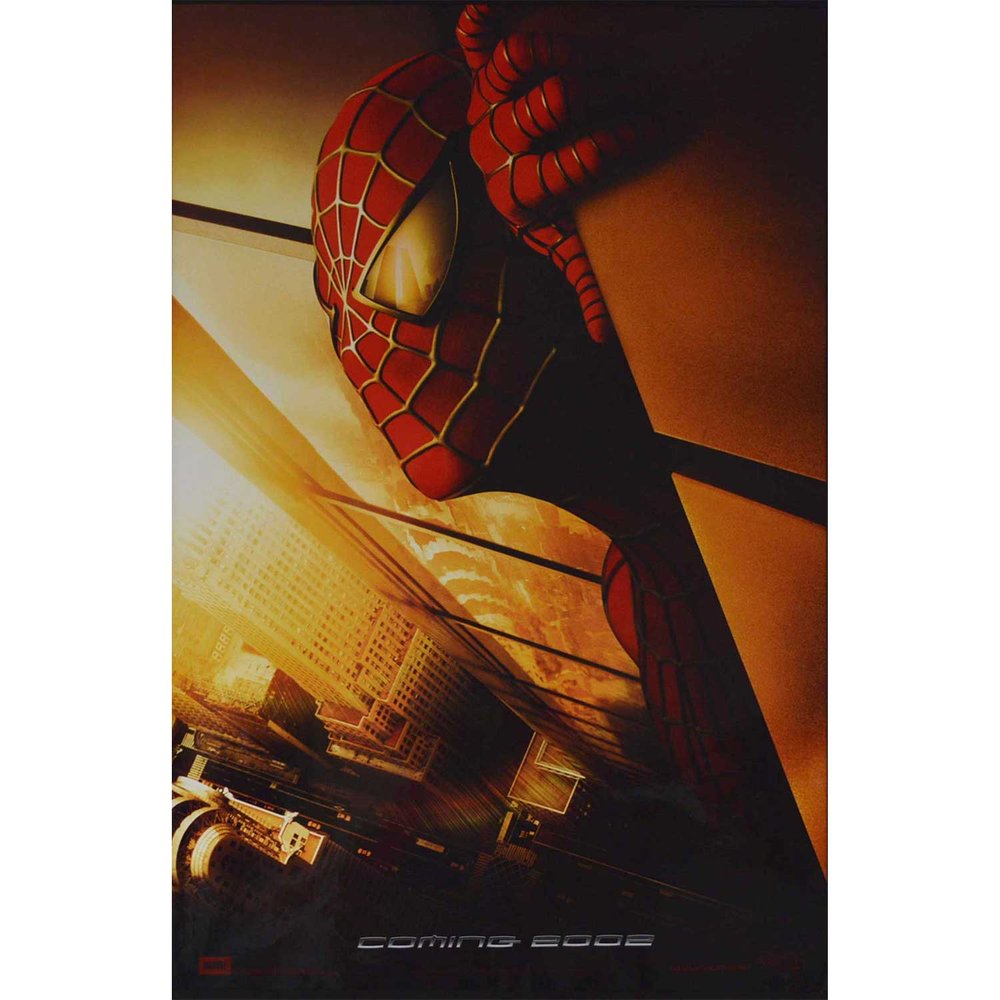
The Sam Raimi movie was a massive hit and the new age of the superhero movie had arrived.
And promptly failed… again.
Sequels to X-Men and Spider-Man could not mask the serious quality control issues that were happening with the movies licensed out to third parties. Studios gonna studio.
Stack it high and sell it cheap seemed to be the studio’s approach to everything. The market was flooded with sub-standard products. Daredevil, Ghost Rider, Hulk, Elektra, and two Fantastic Four movies all had the hallmarks of studio product, not creative endeavors made by comic fans.
Meanwhile, Batman was driven into the shitter by Batman & Robin. Superhero movies were dead once again. Studios just could not help but keep killing their golden goose.
Holy Genre Rescue Batman
Across town, Warner Bros. and DC had been trying to relaunch Batman for years. A follow-up movie to their Burton-Schumacher movies titled variously Batman: Triumphant and Batman: Unchained had been parked. A succession of filmmakers had been in to pitch their approach.
Darren Aronofsky came closest and was actively developing a movie inspired by the Batman Year One comic book. However, it had some real differences from the established lore.
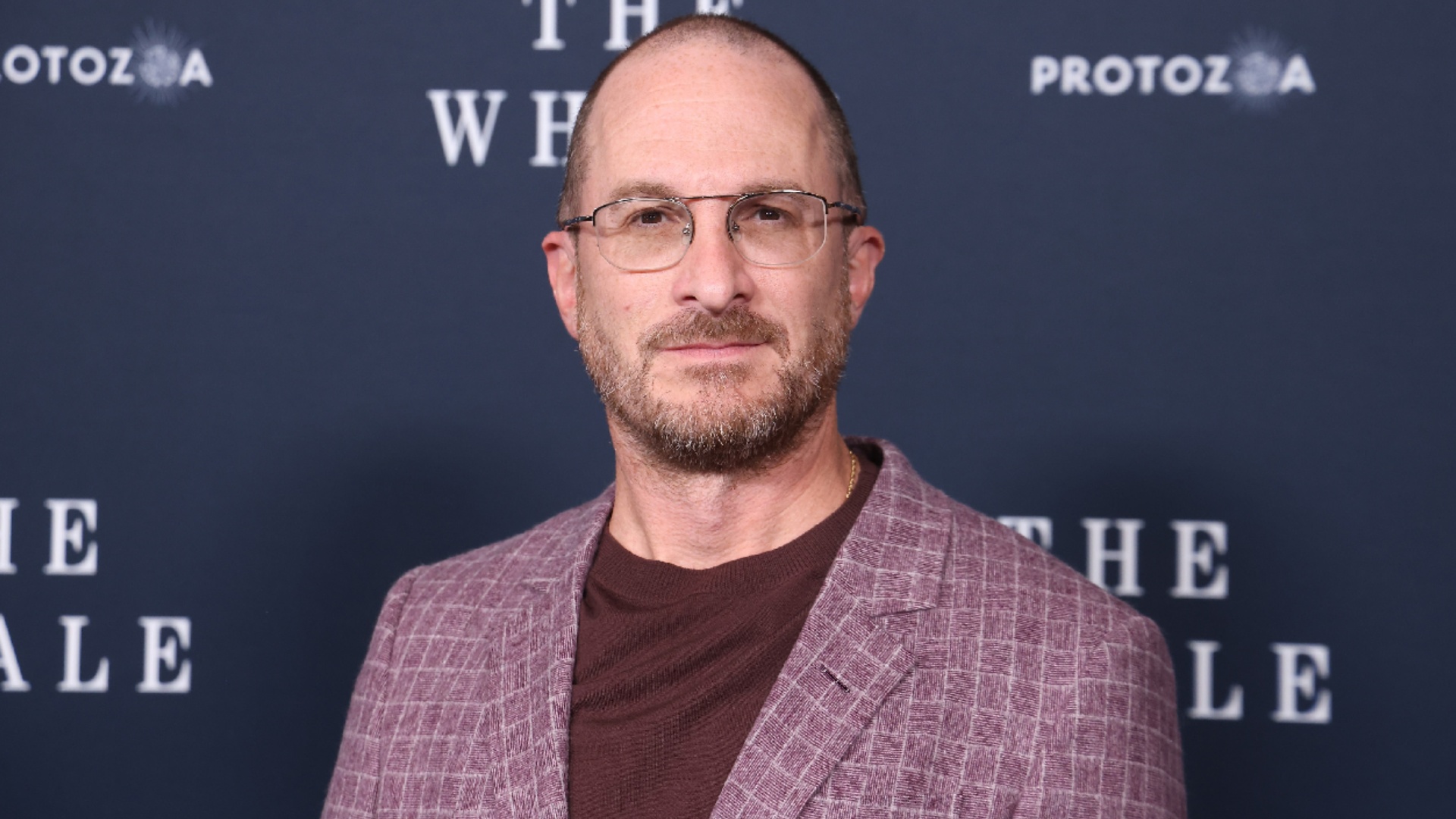
Bruce Wayne would lose his fortune after his parents are killed and become a proper street-level vigilante. Aronofsky compared his vision of Batman to Taxi Driver’s Travis Bickle and claimed the movie at large would’ve resembled ’70s thrillers like Death Wish, in terms of its grim tone and violence.
Warner Bros. became increasingly worried about the tone and deviation and eventually killed it.
An attempt had also been made to revive Superman at the same time, with Colin Farrell and Jude Law lined up to play Batman and Superman, with Wolfgang Petersen directing. This early version of Batman Vs. Superman was described by its writer David S. Goyer as
“The darkest thing you’ve ever seen.”
It would have included Alfred’s death as part of a scheme by the Joker to completely Batman emotionally. This was also canned.
After decades of test and learn, one filmmaker had seen what worked (Superman, Batman ’89, Blade, Spider-Man) and what didn’t (just about everything else) and thought he had found the secret sauce to making superheroes work properly on film.
He pitched his ideas to Warner Bros. and, eventually in January 2003, they hired Memento director Christopher Nolan relaunch Batman. David S. Goyer signed on to work with Nolan on the script. Nolan stated his mission:
“Doing the origins story of the character, which is a story that’s never been told before [on film]. Based on humanity and realism, the world of Batman is that of grounded reality. [It] will be a recognizable, contemporary reality against which an extraordinary heroic figure arises.”
Nolan felt the previous films were exercises in style rather than drama, and described his inspiration as being Richard Donner’s 1978 film Superman, in its focus on depicting the character’s growth. Following that model, Nolan also wanted an all-star supporting cast for Batman Begins to lend a more epic feel and credibility to the story.
Nolan also did not have a problem with the studio’s requirement that the film not be R-rated because he wanted to make the film that he wanted to see back when he was 11 years old.
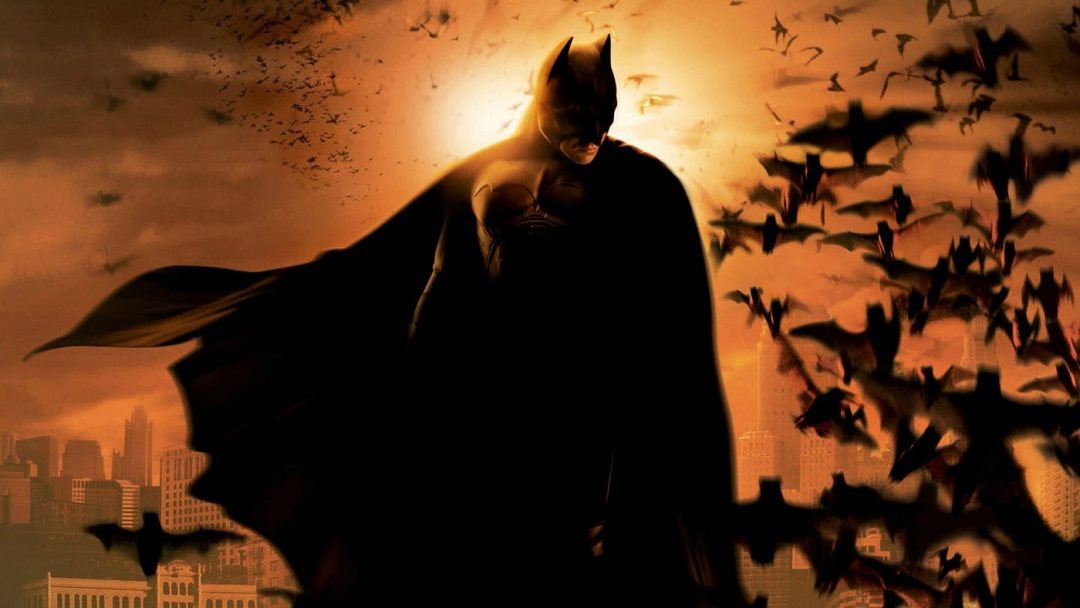
Batman Begins (2005) made a slow start at theaters, with audiences still burned by Batman And Robin and having had a succession of terrible superhero movies thrust upon them.
However, word of mouth spread. People told their friends “You have to go and see this! It’s really good!” and Batman Begins grew legs in theaters and then did huge business at home. A sequel was assured and the superhero was back… again!
Make Mine Marvel
In 2006, Marvel Entertainment established a $525 million line of credit with Merrill Lynch, with the idea of making its own movies and then licensing them to distributors. There was skepticism as Marvel did not own the rights to X-Men, the Fantastic Four, or Spider-Man. Many commentators saw them as destined to fail.
But after terrible experiences working for other studios they finally had creative control, and they had a plan.
Iron Man, Thor, Captain America, half of the Hulk, as well as hundreds of other characters many would initially dismiss as second-tier were still owned by Marvel.
President of Production Kevin Feige decided that the movies should copy the comics, in that the characters all exist in the same world and can guest in each other’s titles.
This was first established as a light touch, with small cameos, Easter eggs, and now ubiquitous post-credit sequences known as “stingers”. Soon, everyone was talking about this.
Nick Fury turning up at the end of Iron Man. Tony Stark tracking down Thunderbolt Ross at the end of The Incredible Hulk. A hammer in a desert. A file on a computer. The same SHIELD agent appearing in several stories. It all told a story and generated buzz. Leveraging the internet, these movies started to market themselves.
Acquired by Disney they now had access to facilities and backing. By the time The Avengers rolled around, a cinematic phenomenon had been born.
$1.5 billion box-office gross later, the idea of the superhero team-up and the connected Cinematic Universe was all Hollywood could think about. The magicians at Marvel could even make obscure titles like Guardians Of The Galaxy into smash hits. It was as close as you could get to free money in Hollywood and everyone wanted a piece of it.
Everyone was to get a cinematic universe. From the DC characters and Warner Bros. rushing to crap theirs out without a plan or a vision, to the monsters at Universal who announced the entire thing with a huge A-list cast before the first movie was even released. Many tried, all failed.
Marvel just powered on. Now they are not just part of Hollywood History, but Hollywood legend.
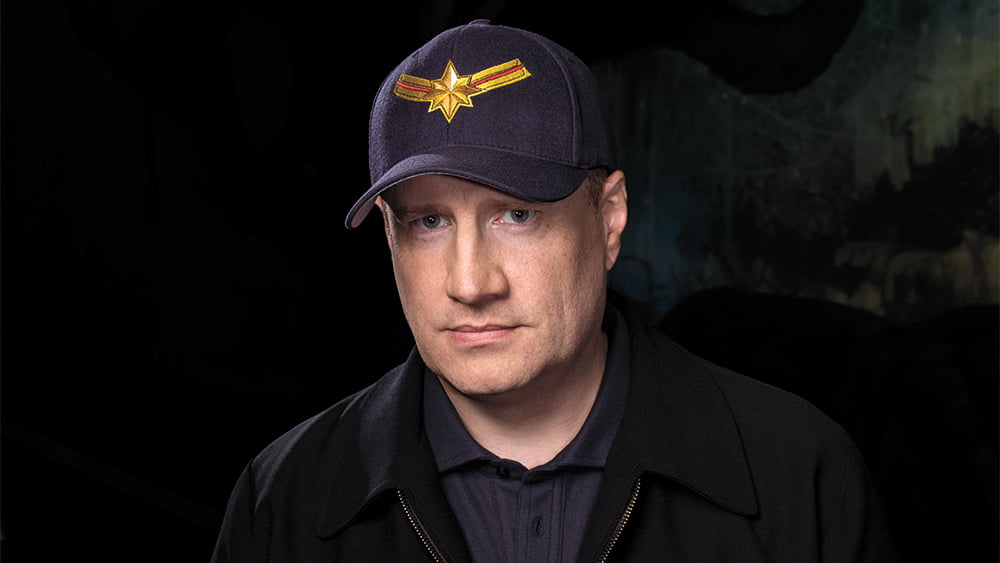
And yet, not even Marvel has proven immune from Hollywood idiocy. A town so bereft of common sense and logic simply cannot help itself. The mantra of “If one is good then more is better” has combined with an urge to signal virtue that will not be denied.
The result is fatigue, and quality control issues even as some content seems designed with laser focus to annoy their own fan base. Do we stand on the cusp of another superhero cinematic armageddon where the genre will be rested again for a while?



